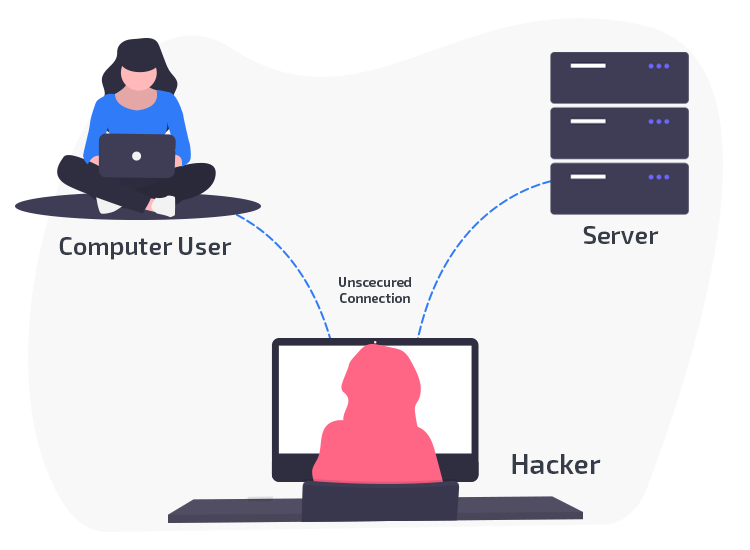
Eavesdropping attacks involve real-time unauthorized interception of private communication channels. They are really dangerous, as these attacks jeopardize users’ data. Then, hackers use this information for their benefit. But let’s find out how villains act, and how to stay away from these threats.
How do these attacks work?
The term is used for the real-time unauthorized interception of private communication, on different channels. It includes instant messages, videoconferences, etc.
These attacks target both companies and individuals. Their main effects are financial losses and identity theft.
This is because businesses can lose critical information. On the other hand, users’ personal details are at risk, as this results in identity theft.
The increasing use of digital assistants may seem useful for users. Still, they are an easy target for villains to eavesdrop on and gain access to private details.
Attackers use the data that they obtain, such as business private information and users’ credentials, to sell the data to third parties. Then, they may block access to different accounts and ask for ransoms to unlock them. Also, privacy loss is a serious issue both for companies and for private users.
Tips to prevent the eavesdropping attacks
These sniffing or snooping attacks are quite difficult to detect. So, the best thing to do is to prevent them.
There are a few things to consider, in order to keep attackers away:
- Avoid public Wi-fi networks, that do not use strong security measures.
- Try to use a VPN (virtual private network), to keep your communication safe.
- Set strong and different passwords for different websites, and change them frequently.
- Use an anti-virus solution and a firewall from a trusted source, and keep them up to date.
- Never click on pop-ups that do not seem safe, and never download anything from untrusted sources.
An example of eavesdropping is man-in-the-middle, which we previously talked about.
Now, that you know how these attacks work, you can always stay safe online!

